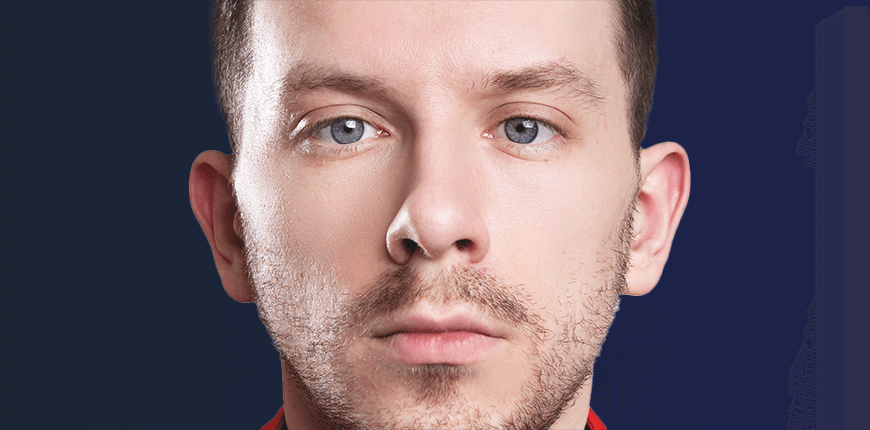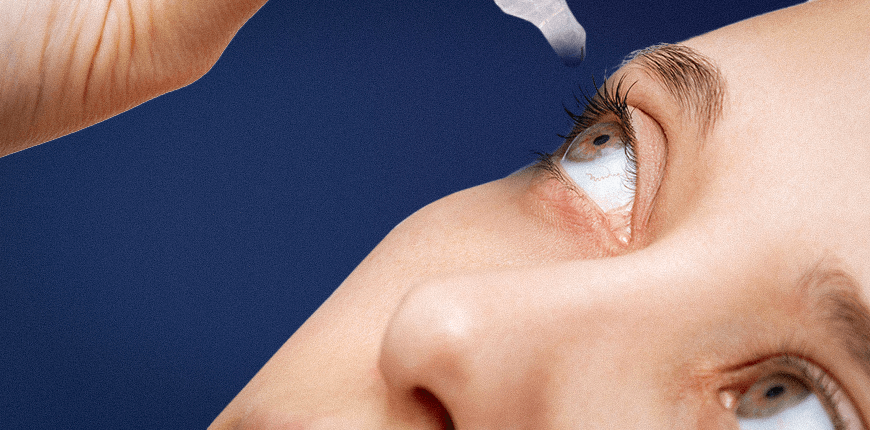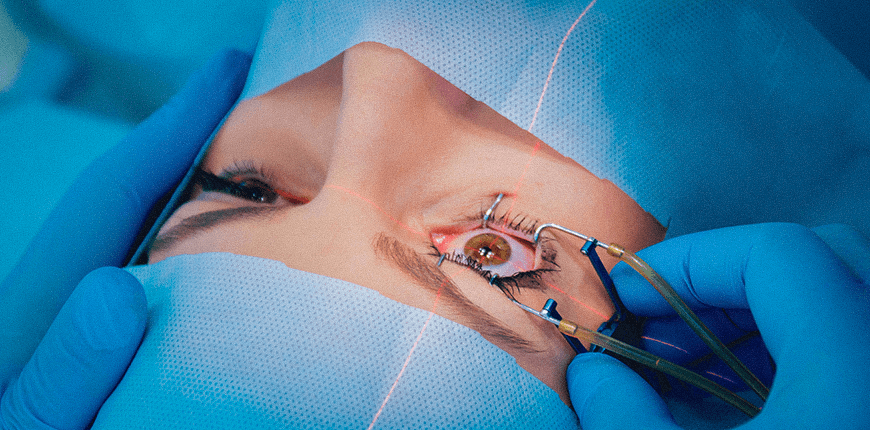
Strabismus Treatment
Strabismus is when the eyes have difficulty focusing on the same target and look in different directions. This health problem occurs when one eye deviates from its normal vision. Strabismus treatment aims to ensure that the eyes focus on the target together and create a harmonious image.
What is Strabismus Disease?
Strabismus is a condition in which the eyes cannot look at the same target and move in different directions. This condition occurs as a result of unbalanced functioning of the eye muscles and is also called Strabismus. Strabismus is mostly seen in children but also adults. It can occur in one eye or both eyes and can be felt as a shift of the eyes outwards, inwards, upwards, or downwards.
Causes of strabismus include weak eye muscles, nervous system disorders, different shapes of the eyes, and some other medical conditions. Strabismus can be corrected with early diagnosis and treatment, but if left untreated, it can lead to vision loss.
What are the Symptoms of Strabismus?
In individuals with strabismus, it becomes difficult to look at the same target and the eyes move in different directions. In this case, shifting of the eyes is the most common symptom. The shift can be observed as one eye is higher, lower, inside, or outside than the other eye. Sometimes it may not be obvious and may only be recognized in severe cases. Double vision (diplopia) is also a common symptom of strabismus. As the two eyes focus on different points separately, the image is perceived as two separate images and the person sees double.
Strabismus can also cause symptoms such as headache, eye fatigue or eye pain, blurred vision, trouble focusing the eyes, difficulty reading or reading comprehension, dizziness, or nausea. Children, especially babies, may find it difficult to express these symptoms. The shifting of the eyes is often accompanied by other symptoms, such as the inability to make or maintain eye contact. For this reason, it is important not to interrupt the doctor's controls and to diagnose strabismus early.
In adults, strabismus may present more frequently with symptoms such as headache, eye strain, and double vision. If left untreated, strabismus can cause eye impairment and even blindness, so it is important to consult an ophthalmologist if there are any symptoms of strabismus.
How is Strabismus Treatment Performed?
 Strabismus treatment may vary depending on the cause of the condition, the age of the patient, and the severity of the strabismus. The goal of the treatment is to ensure that the eyes look at the same point. There is more than one strabismus treatment method.
Strabismus treatment may vary depending on the cause of the condition, the age of the patient, and the severity of the strabismus. The goal of the treatment is to ensure that the eyes look at the same point. There is more than one strabismus treatment method.
- Glasses: If strabismus is present, the eyes can see different degrees of distortion. In this case, wearing glasses can correct strabismus.
- Occlusion Therapy: Also known as occlusion therapy, this method aims to improve the vision of the weaker eye. For this purpose, methods such as covering the stronger eye or using a cover glued over glasses can be applied.
- Eye Exercises: Eye exercises are used to strengthen the eye muscles and improve eye coordination. These exercises are recommended by a specialist ophthalmologist or physiotherapist.
- Botox Injections: In some cases, strabismus can be caused by the eye muscles being in the wrong position. Botox injection can be used to correct strabismus by temporarily paralyzing these muscles.
- Surgery: Strabismus may require surgical intervention to place the eye muscles in the proper position. Surgery is preferred to put the eyes in the correct position by shortening or lengthening the eye muscles.
Strabismus treatment can be successful with early diagnosis and choosing the right methods. The treatment plan is determined by a specialist ophthalmologist and the effectiveness of the treatment is evaluated by following the patient.
What Should be Considered During the Recovery Cycle of Strabismus?
During the recovery process after strabismus treatment, following some recommendations can increase the success of the treatment and prevent possible complications.
► Use of Medication According To The Treatment Plan: The medications recommended by the ophthalmologist should be used correctly. Correct medication use may affect the success of the treatment.
► Use of Glasses Or Contact Lenses: In cases where the use of glasses or contact lenses is recommended, they should be used by the doctor's recommendations.
► Rest And Nutrition: After treatment, adequate rest and a healthy diet are important to help the body recover.
► Exercise And Activity: After strabismus treatment, it is necessary to do the exercises recommended by the doctor and avoid excessive activity.
► Check-ups: Periodic check-ups recommended by the doctor after treatment help to evaluate the effectiveness of the treatment. The doctor's recommendations should be followed.
► Avoiding Risk Factors: Avoiding eye injuries and infections increases the success of the treatment.
► Warm Compresses: There may be swelling and tenderness in the eyes after treatment. Applying hot compresses as recommended by the doctor can help reduce these symptoms.
During the recovery process after strabismus treatment, it is important to follow the doctor's recommendations and provide appropriate care. In this way, the success of the treatment can be increased and possible complications can be prevented.
-
Is Strabismus Treatment covered by insurance?
Many health insurances cover the cost of strabismus treatment. However, you need to examine the details of your health insurance plan. Some plans may cover only surgical treatment, while others may cover other treatment methods such as occlusive treatment, glasses, or contact lenses.
-
How effective are glasses or contact lenses in the treatment of Strabismus?
Glasses or contact lenses can be an effective treatment for some types of strabismus. Such treatments can reduce or eliminate the appearance of strabismus by changing the focal point of the eyes. Prismatic lenses are also used in the treatment of strabismus and are useful for correcting the angle of distortion.
-
When is Strabismus Treatment necessary?
Surgical intervention is necessary depending on the degree and cause of strabismus and the age of the patient. In cases where strabismus is prominent and the difference between the eyes is large, surgical intervention usually gives better results.













